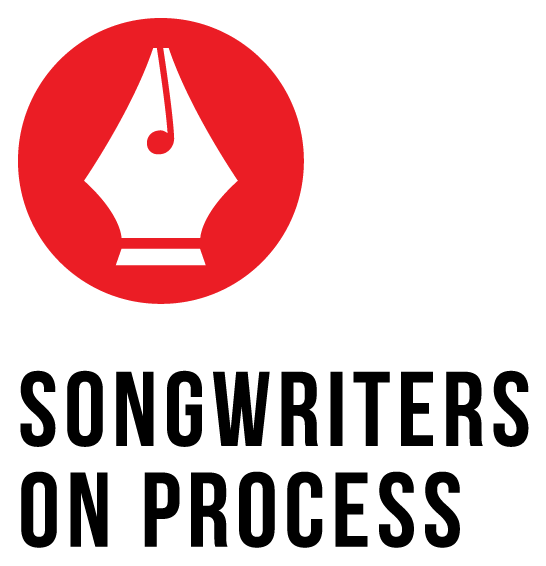If you are expecting Stu McLamb, leader of The Love Language, to talk about all the drama that led up to his first album—you know, the breakup—you won’t find it here. After the endless internet fixation on it last year, neither of us had any interest in revisiting that topic. What we did talk about was how McLamb writes. And that’s an overlooked topic—but one that should be discussed, because the man can write a great melody.
The Love Language’s new release is Libraries(Merge Records). McLamb talks about the new release having a “beach vibe.” We talked on the phone before the band was about to begin their tour in support of Libraries. I was impressed by the focus with which he approaches the melody side of the writing process. With McLamb, the melody always comes first, in two ways. One, it’s the first thing he writes. And two, it’s the most important part of the song. To say he is meticulous in the crafting of his melodies would be an understatement. In his own words, he “obsesses” over them.
Read More



